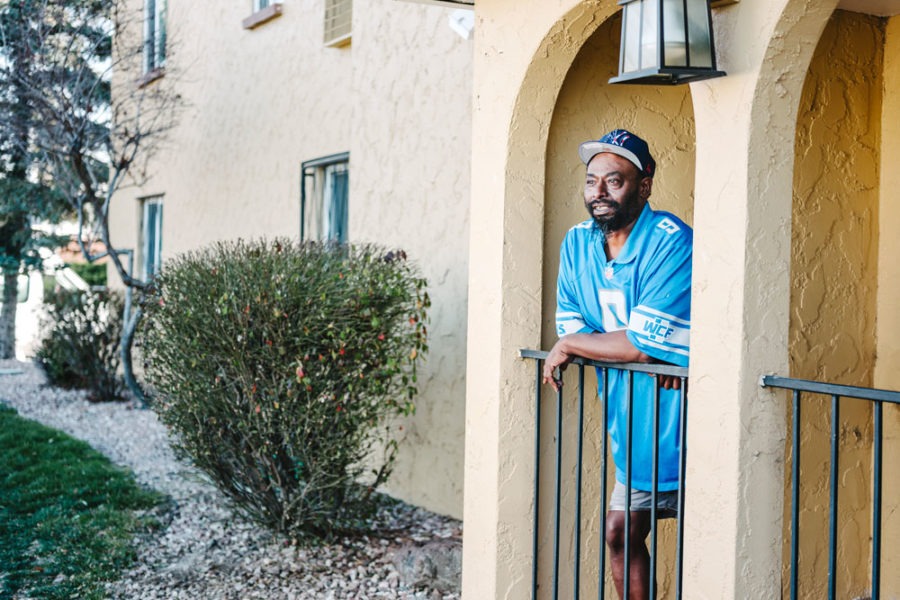At Community Solutions, we think a lot about the eradication of smallpox. The vaccine for the disease was introduced in 1796. But smallpox was not eradicated until 1980—more than 180 years later. Getting to zero required more than the vaccine. It required a global delivery system capable of administering the vaccine to everyone who needed it.
We have found that homes are to ending homelessness as vaccines are to preventing the spread of diseases: essential, but insufficient. Without an effective delivery system, the problem persists despite the availability of a cure.
Over decades, we have learned that communities must be set up to see and solve homelessness for everyone. Often, the most vulnerable are overlooked, resulting in persistent homelessness. And organizations’ best independent efforts fall short because they simply lack critical information to target their work and resources.
Accelerating our goal to end homelessness in 75 U.S. communities requires addressing this reality. With additional support we will help communities align their resources and policies behind powerful systems designed to get to—and hold—zero.
Starting with Systems
We help communities push the boundaries of what is possible by helping them remove anonymity from homelessness and work differently together.
Through our Built for Zero initiative, we have helped establish community-wide teams with the shared goal of ending homelessness. These teams work together to develop a data-driven system that knows everyone experiencing homelessness by name, in real time. They strive to reach functional zero, a milestone for measurably ending homelessness for a population.
In Jacksonville, Florida, for example, leaders can see how long someone has been experiencing homelessness and if they have been connected to housing resources. That information helps leaders focus on the individuals needing additional support beyond those most able to find it.
The approach also allows communities to begin understanding and addressing other critical issues, like racial disparities in outcomes. By developing these systems, Jacksonville has reduced veteran homelessness by 33 percent.
The power of this data-driven system is profound. Ninety-three percent of communities in Built for Zero that have ended veteran or chronic homelessness have used this approach, without adding housing resources.
Addressing the Housing Gap
Understanding the real-time dynamics of homelessness plays another critical role: highlighting the actual housing needs that must be addressed to get to zero.
Communities in need of more housing units must find faster ways to close this gap.
We are scaling up a model we pioneered in Denver that uses equity from social impact investors to support nonprofits in acquiring existing market rate housing to meet local affordable housing needs. This approach enabled veterans to move in less than 100 days after we signed the purchase contract.
By tracking specific local housing supply gaps and the most efficient ways to address them, communities can make more rapid progress in ending homelessness than relying on new construction alone. We are partnering with research institutions to develop more dynamic tools for this purpose.
People experiencing homelessness do not have years or decades to wait for the solution. Every day, we are helping communities align systems, policies, and resources to reach zero homelessness—and make that zero permanent.



